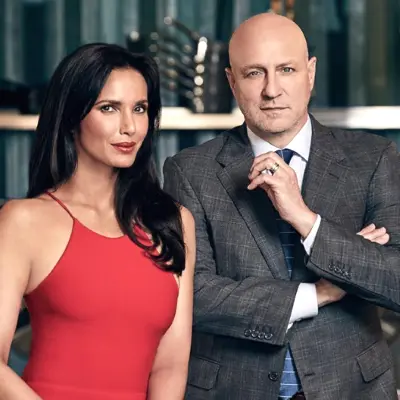Top Chef thrived during the pandemic, creating a classic season of reality TV
-

"Hemmed in by the COVID-19 pandemic," says Matt Brennan, "the Oregon-set season has emerged as an instant classic not least because it has embraced the limitations of health and safety protocols, and in turn drawn out the series’ strengths: a seriousness about food that only infrequently blurs into snobbery; a dedication to multiculturalism that’s deepened over its run; a belief that <i>Top Chef is a community unto itself, one with a shared sense of purpose. Along with the likes of Grey’s Anatomy, it is one of the art form’s defining pandemic success stories, a series under duress that fine-tuned its voice. Several of Top Chef’s adaptations this season are already stalwart features of COVID-era culture, including one drive-in challenge and another to feed frontline medical workers. Others are notable primarily for the series’ staunchest devotees, including the unprecedented chef’s table-style Restaurant Wars (a tradition that usually hinges on patrons from the general public) and fewer frantic excursions through the aisles of Whole Foods. But the most effective change is a greater stroke of genius than any technical workaround. Instead of the customary cavalcade of food-world stars, Top Chef: Portland’s COVID bubble is built around a cadre of past contestants, a merry band of familiar faces rotating through roles as cohost, recipe tester, advisor, judge. They are the series’ upperclassmen, its elder siblings. Less forbidding than the bold-faced names of seasons past — Anthony Bourdain among them — they are authoritative nonetheless, speaking with the assurance of having walked in these shoes. And the result, unspooling at long, gorgeously appointed tables on the Top Chef set, in acclaimed restaurants and under the northwestern sky, has been a grace note of kinship as playful and warmhearted as family supper. No reality series in its 18th season has any business shifting into a new gear like this." ALSO: Top Chef should keep its all-star panel.
TOPICS: Top Chef, Bravo, Coronavirus, Reality TV
More Top Chef on Primetimer:
